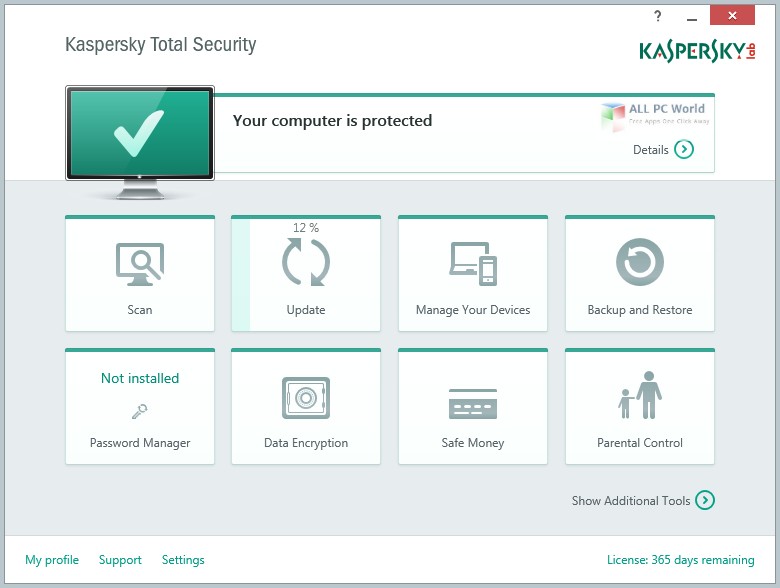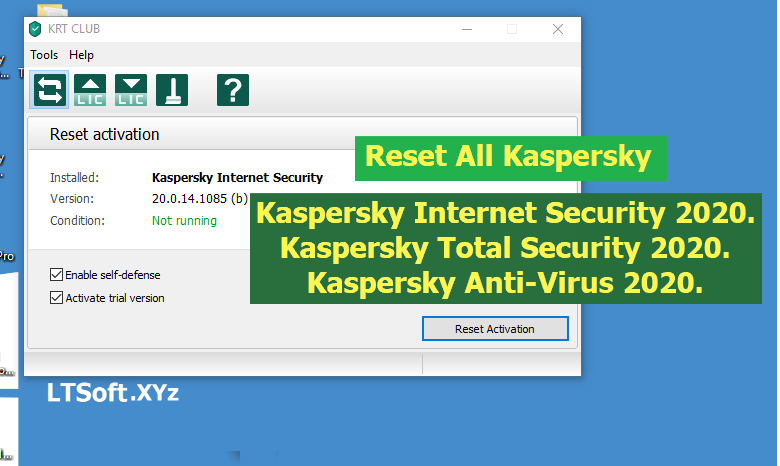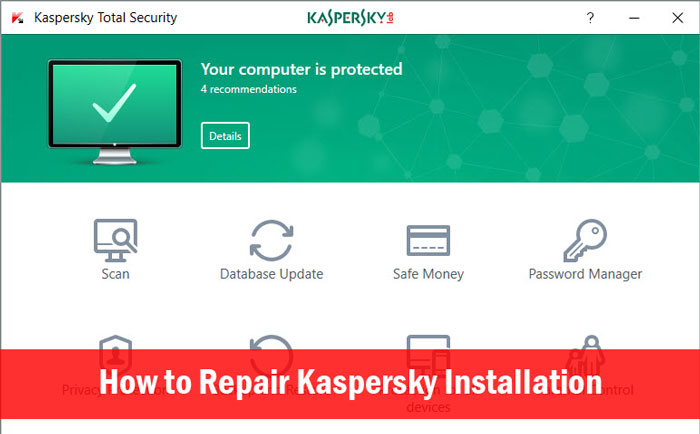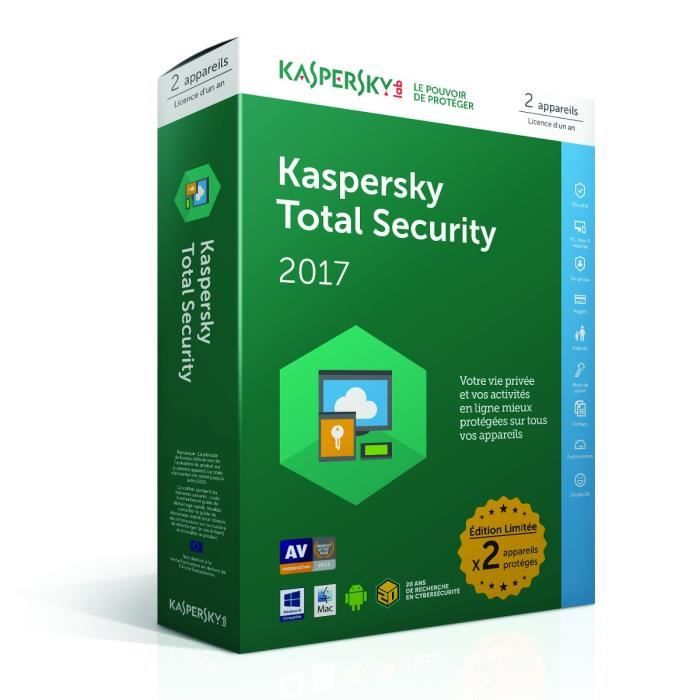

- #Kaspersky new total security 2017 how to
- #Kaspersky new total security 2017 full
- #Kaspersky new total security 2017 software
- #Kaspersky new total security 2017 Offline

Kaspersky Internet Security (KIS 2017) is similar to KAV but includes powerful protection for online security. – What’s the difference between Kaspersky Antivirus and Kaspersky Internet Security? Yet, Kaspersky Total Security 2017 Free Download is a package suitable for the protection of computers that are constantly connected to the network and are therefore exposed to all these threats as well scans, detects and protects system and personal files. Internet as well as being the source of the world’s largest information, is also the home and the system of distribution of thousands of threats to your PC, so you need a series of programs to face all these dangers, but these applications will affect the performance of your machine in a drastic way.
#Kaspersky new total security 2017 software
This edition of this tremendous security software provides two essential security models “Internet Security” and “Antivirus”.
#Kaspersky new total security 2017 full
“So, in order to protect your data and finances it will be a safe practice to make sure the online payment page is secure: you’ll know it is if the web page’s URL begins with HTTPS instead of the usual HTTP and an icon of a lock will also typically appear beside the URL,” Shcherbakova says.Kaspersky Total Security 2017 Latest Version is an advanced solution providing full protection of your computer against various threats. Of course, every new payment application is seen by scammers as a new opportunity to potentially exploit users. “This time, we discovered a huge increase by 208% in a number of attacks mimicking the most popular payment systems. “Perhaps a bit more unexpected is the attention being paid to e-payment systems. “We always witness intensified scamming activity amid the Black Friday season,” says Tatyana Shcherbakova, a security expert at Kaspersky. For the majority of 2021, the second most popular was eBay, followed by Alibaba and Mercado Libre. The results showed that Amazon was consistently the most popular lure used, when looking at the total number of phishing attempts using its name. Kaspersky researchers have also analysed which popular platforms were used as bait to spread phishing pages. An active spread of spam emails with 221 745 emails containing the words “Black Friday” was spotted during the month amid the sales season, from October 27 to November 19. There also has been a rise in the number of spam letters detected by Kaspersky’s products.

As consumer adoption has skyrocketed, fraudsters started to actively exploit such systems as a lure to spread malicious activity. Indeed, this year we have seen introduction of new payment systems in various countries due to their unmatched convenience. In 2021, the total number of financial phishing attempts targeting e-payment systems more than doubled from September (627 560) to October (1 935 905) - a 208% increase.
#Kaspersky new total security 2017 Offline
While stores rebounded in 2021 after a difficult 18 months and shoppers returned to offline shopping, Kaspersky researchers didn’t observe the typical seasonal trends for phishing related to online shopping such as significant influx of phishing pages with too good to be true sale offers or growth of retail-related scam.

The sales season attracts the attention of shoppers and retailers however, it is also a favorite of cybercriminals who do not hesitate to cash in on online shoppers by creating fake pages mimicking the biggest retail platforms and e-payment systems.ĭuring the first 10 months of 2021, Kaspersky products detected more than 40-million phishing attacks targeting e-commerce and e-shopping platforms, as well as banking institutions.
#Kaspersky new total security 2017 how to
This and other findings are in Kaspersky’s “Black Friday 2021: How to Have a Scam-Free Shopping Day” report. The total number of financial phishing attacks disguised as e-payment systems more than doubled from September (627 560) to October 2021 (1 935 905), indicating a 208% increase. The growth of phishing attacks mimicking e-payment pages was spotted in the run-up to the Black Friday period.


 0 kommentar(er)
0 kommentar(er)
